Want to learn some fun facts about Spain?
We all picture pristine beaches, lots of sun, palm trees everywhere, and very loud locals when we think of Spain, but the European country is WAY more diverse.
Here are 42 fun and interesting facts about Spain you should know before visiting the country. Even if you’re not traveling there, it is worthwhile to learn about the culture, history, important Spanish landmarks, and the language. This article also includes facts about the Spanish people.
Spain is a coffer filled to the brim with abundant culture. It is also surprisingly modern – even more than its European counterparts.
So without further ado, drumrollll here are some fun Spain facts!
[You Might Like: 49 Biggest Landmarks in Europe]
GENERAL FACTS ABOUT SPAIN
1. EU’s Second-largest Country
A cool fact about Spain is that it is the second-largest country in the European Union, second only to France.
It is also the fourth-largest country in Europe, following Russia, Ukraine, and France. The total land area of Spain spreads over 505,992 km².
2. Spain is a Constitutional Monarchy
Since 2014, Felipe VI is the King of Spain, or the hereditary monarch of the state.
The history of Spain’s current political setup goes back to 1977. Adolfo Suárez was appointed as Prime Minister and led the way to establishing Spain’s constitution, and its transition to democracy.
[You Might Like: How to Spend 4 Days in Portugal]
3. Madrid is the Geographical Center of Spain
Everyone knows that Madrid is Spain’s capital. However, in addition to being the administrative center of the country, Madrid is also its physical center.
Puerta de Sol is a busy public square in Madrid, which falls exactly at the center of the radius of the Spanish roads. There is a prominent plaque on the ground of the square, which marks the point of 0km. From here, all the radial roads of Spain are measured.
This explains the name of the Puerta de Sol square, literally translating to “The Sun Gate”.

4. Spain has a Few ‘Staple’ Inventions to its Credit
An interesting fact about Spain is that the country was an important center of learning and knowledge in the medieval period. Spain has given the world more than just Zara, Mango, Sangria and Flamenco – there is a whole range of inventions that Spain has to its credit.
One surprising Spanish invention is the beret. While the fashionable flat-crowned hat is assumed to be French, it was originally designed by shepherds in the mountains of Basque Country hundreds of years ago to protect themselves from the cold and rain.
Some of the other things that were invented in Spain include the stapler, the spacesuit, the mop, Chupa Chups, the wheelchair, and the pencil sharpener.
It is easy to see that many of these are humble albeit supremely important inventions. We can’t imagine our everyday lives without the mop or the stapler!
5. Unemployment is High
Not so much a ‘fun’ fact but a fact about Spain that’s worth knowing, nonetheless.
Spain has the second-highest unemployment rate in the EU, following Greece. According to 2019 statistics, Spain recorded an unemployment rate of 13.02%.
A leading cause of high unemployment in Spain is the economy’s dependence on tourism and building sectors, and a lack of industry.
6. Spain has a Huge Black Market
A crazy fact about Spain is that the black market economy constitutes 20% of the GDP! That’s the second-highest in the EU, shortly behind Italy.
The black market, however, doesn’t mean just violence or illicit activities. A lot of business proceedings go under the radar due to deliberate tax circumvention.
This also explains the high unemployment rates in Spain, as over a million Spaniards are reportedly employed by the country’s unreported economy, and hence unemployed as per official records.
7. Spain is an Olive Oil Paradise
It is no secret that olive oil is a prerequisite in Mediterranean cuisine. Spain is the world’s leader in olive oil production and supply. The country produces about 50% of the world’s olive oil, and almost half of this is exported.
The majority of Spain’s olive oil production comes from the southern part of Andalusia. However, there is a great range of native olives representing the geographical diversity of the country. In Andalusia, the native variety is Picual. Another widely-produced variety is the Cornicabra, mostly grown in Central Spain.

8. Spain is a Pioneer in Wind Energy
Spain relies heavily on renewable wind power to cater to its energy demand. The country has an accumulated capacity of ~27500 MW, which makes wind energy the second-largest source of electricity in the country. Wind covers a third of the overall electrical demand in Spain.
Spain is also the second-highest producer of wind power in Europe, after Germany, and the fifth-largest in the world. The sector employs 30,000 people and is a key industry in the country.
[You Might Like: Cool Cologne Facts You'll be Surprised to Know!]
9. Spain isn’t Just a Beach Destination
While most people think of Spain as a sunshine destination with balmy, sunny weather through the year, and beaches galore to soak up the warmth – Spain is a lot more than just that!
Did you know that Spain is also incredibly mountainous? Whether you’re looking for extensive hikes or winter sports, Spain offers a very diverse landscape.
In fact, Spain is actually the second-most mountainous country in Europe, after Switzerland!
Some of the best mountain ranges in Spain include Sierra Nevada, the Pyrenees, and the Montserrat ranges.
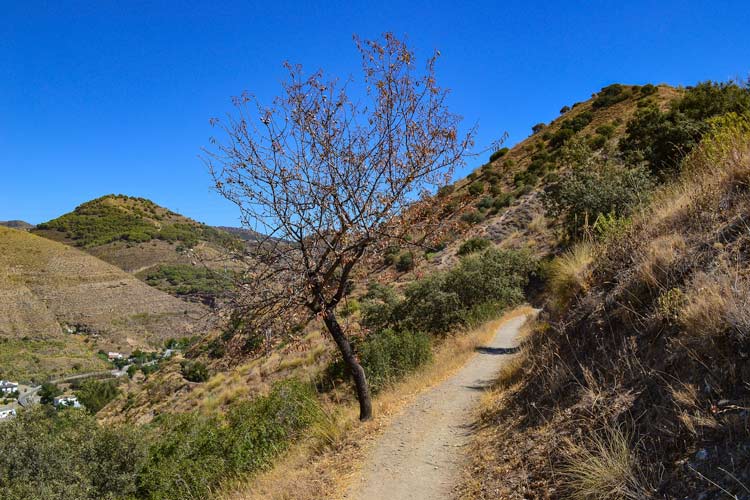
10. Spain Hosts the Biggest Lottery in the World
The Spanish Christmas Lottery, or Sorteo Extraordinario de Navidad, takes place annually around Christmas and is Spain’s most popular draw of the year.
It is also the second-longest running lottery in the world. After being introduced in 1812, the lottery has run uninterrupted through even the Spanish Civil War!
The craziest part, though, is that the Spanish Christmas Lottery is considered the biggest lottery draw worldwide. In 2017, the total prize fund for the draw was EUR 2.31 billion. Of this, the grand prize (“El Gordo”) amounted to EUR 720 million!
Talk about getting rich overnight!
11. Spain is Called the Land of Rabbits
Spain has gone through a series of name changes since its discovery.
Back in 6000 BC, the Iberian inhabitants from North Africa called it ‘Iberia’, meaning river. This was followed in 600 BC by the Greek nomenclature of ‘Hesperia’ (land of the setting sun). Some 300 years later, the Carthaginians named the country ‘Ispania’, literally meaning the land of rabbits. This was inspired by the European rabbit species native to the Iberian peninsula.
The Romans adopted the Carthaginian name and called the country ‘Hispania’, which has since been tweaked to ‘Spain’ or ‘España’.
12. Spain Brought Chocolate to the Western World
There are conflicting theories about when chocolate arrived in Europe, but it is largely agreed upon that chocolate first entered the continent through Spain.
Spanish explorers journeying through Central and South America returned home with heaps of cacao beans, and by the late 1500s the chocolate fad had taken the whole country by storm. Gradually other countries like France and Italy started visiting Central American colonies and bringing chocolate back, which led to a surge in popularity across the whole of Europe.
The Spanish did, however, invent the hot chocolate recipe as we know it today. The Aztec drink was too bitter for their palate, so the Spanish added sugar, cinnamon and other flavorings, and served it warm.
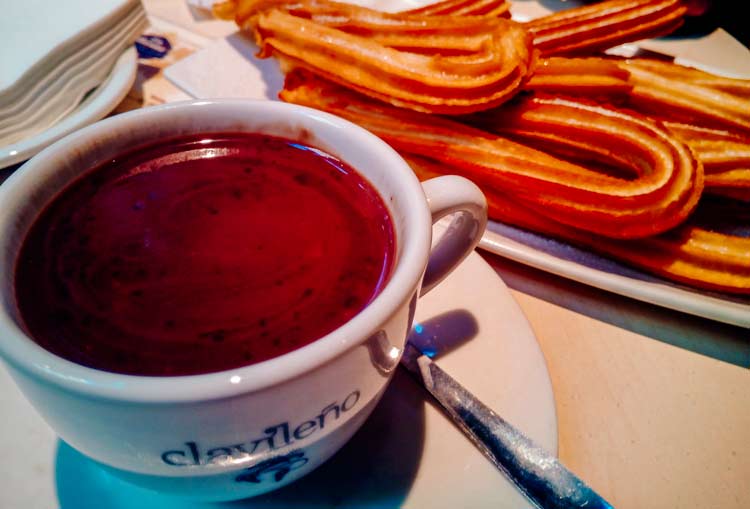
FACTS ABOUT SPANISH PEOPLE
13. Spain has a Significantly High Population
… Compared to European standards, if you will.
The population of Spain is the fifth-largest in Europe, after Germany, France, UK, and Italy. It currently has a population of 47,076,780.
14. The Spanish Live Long
In 2020, the life expectancy in Spain was 83.69 years. Furthermore, the country is all set to exceed the 85-year mark by 2040.
Many experts attribute the high life expectancy in Spain to the Mediterranean diet, which is especially rich in fruits and vegetables, and reduces meat, dairy, and processed food intake. This combined with an excellent public healthcare system, and a cultural focus on familial ties and community wellbeing, adds significantly to longevity in Spain.
15. Leisure is a Priority in Spain
Another fun fact about Spain that you probably have heard of is the famous daily ‘siesta’.
A typical working day in Spain includes a break during afternoon hours, when everyone shuts shop and takes a nap before resuming work. Especially in tier 2 or smaller cities, the siesta is an extremely important part of the Spanish routine.
As per OECD’s list, Spain devotes 16 hours of the 24 in a day to leisure activities. These include eating, drinking, sleeping, pursuing hobbies, etc.
It has to be prefaced though, that investing in time for recreation doesn’t make the Spanish lazy – it is aimed at maintaining work-life balance and boosting productivity.

16. The Spanish Have Long Names
Traditionally, the Spanish names tend to be longer (with more words) than in other cultures.
The first name mostly has two words, like in the case of Spanish Prime Minister Pedro Sánchez Pérez-Castejón. Here, Pedro Sánchez is one composite forename.
Also, the Spanish culturally tend to have two surnames. One is the paternal surname, and the other is the maiden name of the ‘mother’.
While conventionally the paternal surname comes first, this is not a compulsion and the order may vary depending on the preference of the parents.
17. Catholicism is Predominant in Spain
70% of the Spanish identify as Roman Catholic. However, most people in Spain do not participate regularly in religious worship.
Also most people, especially in the younger generation, tend to make light of the Church’s moral doctrines on subjects like gender identity, pre-marital sex, homosexuality, and contraception.
Only about 1% of the population identifies as Protestants, with a majority of these being of immigrant background.
18. Preschool and Child Care Can be Limited in Spain
Amongst all EU countries, Spain offers the least financial support to families for early childhood education. The average cost of full-day childcare, especially in private centers, is exceptionally high.
This is why most of the children under three years of age are not sent to childcare in Spain.
Children are obligated to attend the second half of preschool (3-6 years), which is free at public facilities.
[You Might Like: 10 Reasons Why Düsseldorf is Awesome]
19. High School Qualifications are Below Average
One in two adults up to the age of 64 in Spain have a high school diploma equivalent, which falls significantly short of the OECD average of 75%.
However, this trend is shifting with the younger generation which is attaining higher levels of education. They are also shown to stay longer in education after high school.
FACTS ABOUT SPAIN LANDMARKS
20. Spain’s Highest Mountain
The highest mountain in Spain is Mount Teide, which is a part of the Canary Islands (Tenerife) range. Pico del Teide, the mountain peak, is situated at a height of 12,198 feet(3718 meters).
Teide is an active volcano and the peak has a crater 260 feet (80 meters) wide. The last eruption of Teide was in 1909. The eruption rendered the sand of Tenerife black instead of white.
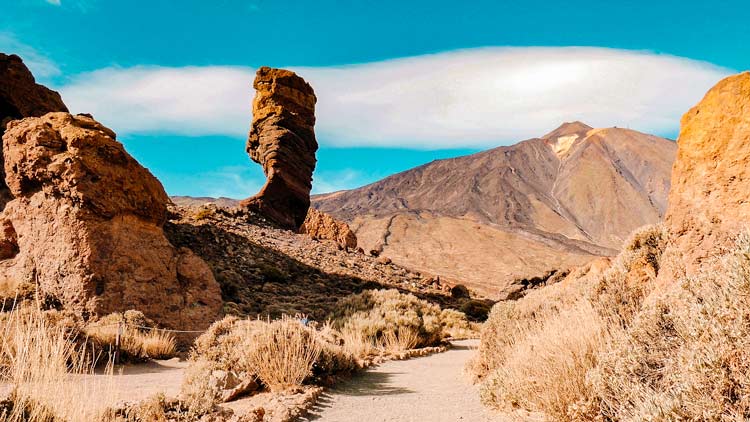
21. Spain is a UNESCO Treasure Trove
A really cool fact about Spain is that it has a total of 48 UNESCO World Heritage Sites. That is the third highest in the world, after Italy (55) and China (55).
Nine of these are in the capital, Barcelona.
Some of the most popular UNESCO World Heritage Sites in Spain include the historic center of Cordoba, the walled town of Cuenca, and the artistic works of Antonio Gaudi.
[You Might Like: 49 Landmarks in Spain Everyone Should Visit]
22. Some of the World’s Oldest Artwork is Found in Spain
The Cave of Altamira is known for its prehistoric art featuring charcoal drawings and polychromatic paintings. Especially striking are painted portraits of wild mammals and human hands.
Located in Cantabria, Spain, the Altamira Cave is said to be the Sistine Chapel of Paleolithic Art. It was apparently the first cave where paintings from the Upper Paleolithic era were discovered.
The Cave was declared a UNESCO World Heritage Site in 1985.
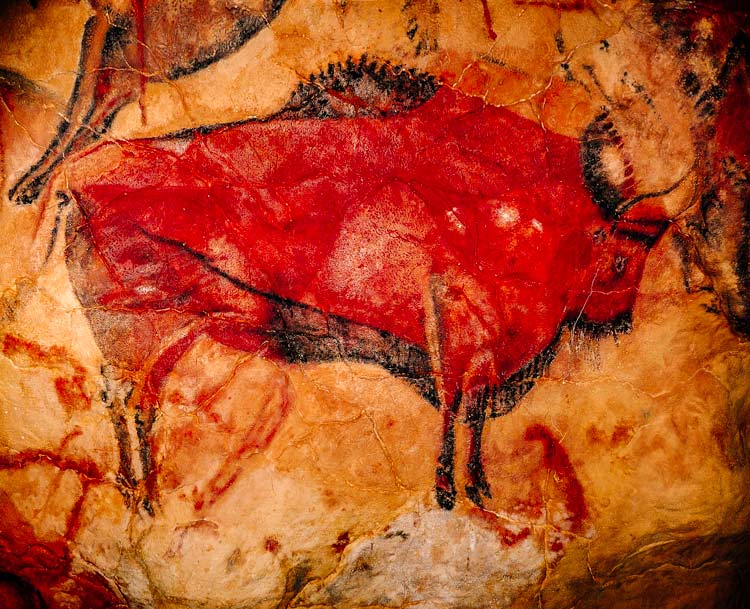
FACTS ABOUT SPAIN FOR TOURISTS
23. Spain is a Tourist Magnet
… and you might already know this.
But here is the mind-blowing fact: Spain is the second-most visited country in the world! It runs closely behind France in terms of tourism.
Spain draws tourists in droves from the United Kingdom, Ireland, Germany, France, Italy, Netherlands, Belgium, and the United States, besides other countries.
In 2019, Spain clocked 83.7 million tourists! Of course, what followed in 2020 was devastating for the tourism industry in the country, but with the world opening up again, traction in travel and tourism in Spain is gradually bouncing back.
The popularity of the country among tourists isn’t all surprising though, is it? Spain has everything: beaches, sunshine, adventure activities, great hikes, rich history, culture, brilliant food. What’s not to like?
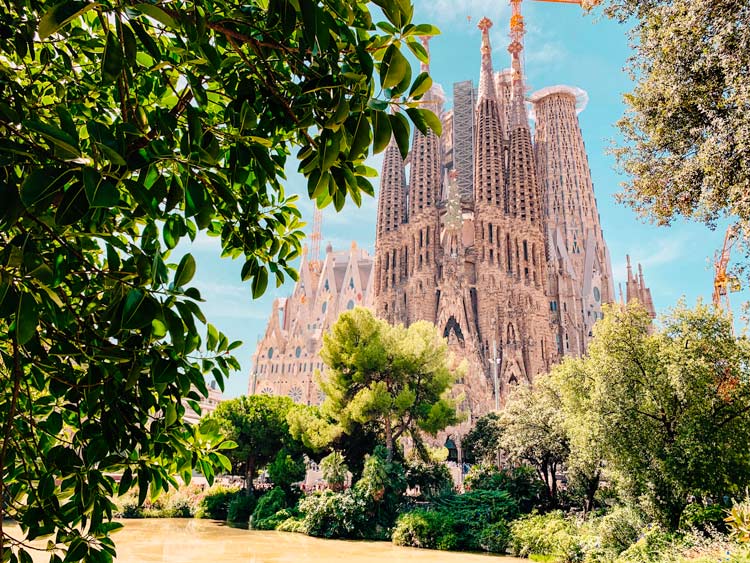
24. Spain is Quite Vegan-Friendly
While Spanish food, replete with chorizo and Jamón, might not make the country seem like the ideal destination for vegans – you will be surprised to know that 0.1% of the population in Spain identifies as vegan. This doesn’t sound like a lot, but by this measure, Spain accounts for the tenth highest percentage of vegans in the world!
Besides, one in every 10 Spaniards is vegetarian/vegan – a trend that’s certainly on the rise. Especially in bigger cities like Barcelona and Madrid, there are myriad vegan restaurants whipping up all sorts of plant-based yummies.
Make sure to check out HappyCow to glance through the available options before you go.
And of course there is always churros, bread, cerveza and vino to binge on! (Check out Barnivore to ensure your wines are vegan).
25. Nudity is OK in Spain
If going ‘au naturel’ is your thing, you will be glad to know that Spain has plenty of nudist beaches. In fact, practically all beaches allow you to go topless under the toasting Mediterranean sun.
It is worth noting, though, that while nudity is ok at sea, it is considered inappropriate (even frowned upon) to strip in most other public places.
So embrace your inner naturist but limit the vigor to the beach 😉
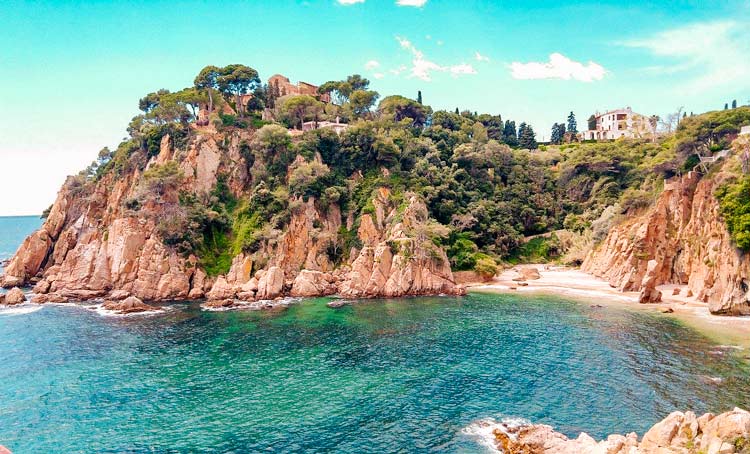
26. The Spanish Have a Tomato Festival
Held in the town of Buñol, Valencia, La Tomatina is a festival in Spain where participants throw tomatoes at each other, purely for entertainment. The festival is held every year on the last Wednesday of August.
Story goes that in August 1945, a few teens were in a market attending a ‘Giants and Bigheads’ festival where people sport papier-mache heads. During the parade, one of the participant’s masked head fell off. He flew into a rage, got hold of tomatoes from a vegetable stall nearby, and flung them at the others.
Thus began a tradition that’s lasted all these years, because why not.

27. Spain has the Oldest Restaurant in the World
Restaurante Sobrino de Botin is located in Madrid, Spain. It is the oldest restaurant in the world in continuous operation according to the Guinness World Records.
The restaurant has been whipping up Spanish delicacies since 1725. Botin finds a mention in the closing pages of Ernest Hemingway’s classic novel The Sun Also Rises.
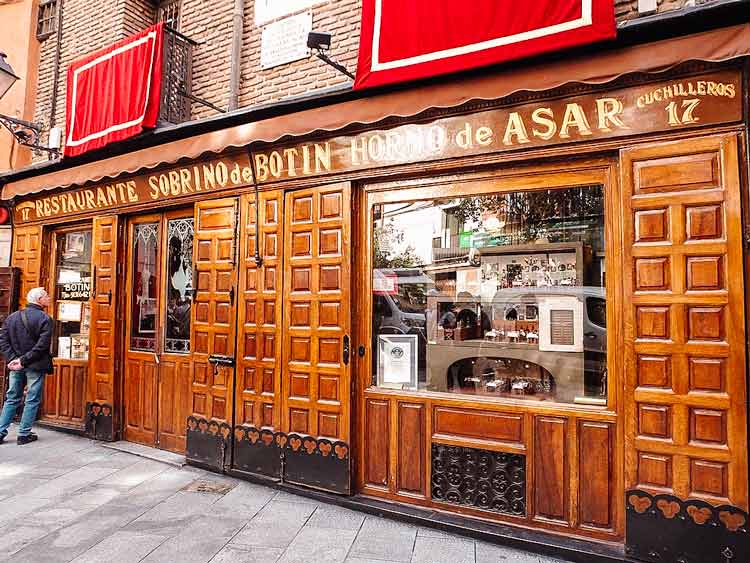
28. Spain is Europe’s Bar Capital
Spain holds the record for housing the most bars per inhabitant in Europe.
There are a total of 3,50,000 bars and restaurants in Spain – one for every 132 inhabitants. Collectively, these account for 15% of Spain’s GDP.
However, the ‘pub life’ in Spain is quite unlike, say, in the UK. People head to bars and pubs even during the day for coffee breaks. Some bars serve ice cream and even cake (these are cafe-pub hybrids and are very common in Spain). The lines between bars and pubs are rather blurred in the country.
Bars are an important symbol of Spanish culture. According to a survey, a majority of the Spanish locals claim to know the name of the server in their favorite bar. A significant lot also says they would trust the server enough to give them their house keys.
29. Spanish Mealtimes are Different
… different from at least most of the western world. If you’re visiting from the US especially, it can take a while to wrap your head around when to eat in Spain. Below is an explanation of the varied mealtimes in the country.
- The Spanish typically have four meals a day: Breakfast, lunch, aperitif, and dinner. These are interspersed with mid-meal snacks.
- Breakfast is often eaten in two shifts. Lunchtime is usually between 2-3:30 pm, followed by a mid-afternoon snack.
- Aperitif begins around 6:30 and is the highlight of eating out in Spain. This is when tapas and pintxos are brought out – in most bars you can order a drink and get a tapa free!
- Dinner in Spain happens after 9 pm and is much lighter than in most countries.
FACTS ABOUT SPANISH CULTURE
30. Paella isn’t a National Dish in Spain
This is another surprising fact about Spain: Outside of the country, Paella is seen as the hallmark of Spanish cuisine. However, most Spaniards don’t think of it that way.
The colorful rice dish is actually regional to Valencia in Spain. In fact, Paella Valenciana is the traditional paella recipe of the Valencian region.
While there are variations available in most other parts of the country, Spanish natives almost unanimously think of Paella as a Valencian specialty.

31. A Paradigm for a Tolerant Society
Spain is globally regarded as one of the most tolerant countries in the world. This claim is supported by its visible diversity. Spain has over seven million immigrants integrated in the employment market, health and education system and the social fabric of the country.
The same level of tolerance is conspicuous in sexual diversity and gender identity in Spain. The country was the third in the world to legalize gay marriage in 2005.
There is active participation of women in the workforce, and a multi-racial, ethnic and cultural social diaspora.
32. The Spanish Bring in the New Year with Grapes
Fun fact: In Spain it is traditional to eat twelve grapes in twelve seconds, one with each clock bell strike up until the midnight of December 31.
This is done every year to welcome the new year. The custom dates back to at least a thousand years.
The clock in Puerta de Sol – yes, the public square at the geographical center of Spain (refer to point #3 above) marks the beginning of the twelve seconds before midnight where the grapes are to be eaten.
12 grapes might seem easy but devouring them in 12 seconds is no joke! It is believed, though, that not following suit will bring bad luck upon the perpetrator for an entire year. So you know, you don’t want to take a chance 😉

33. The Tooth Fairy is a Mouse in Spain
Not literally, though.
In most other cultures, children who lose their tooth place it under their pillow so the tooth fairy can flick it, leaving behind a present. In the Spanish culture, kids still put their tooth under the pillow, but Ratoncito Pérez aka Tooth Mouse comes to get the tooth.
This tradition is prevalent not just in Spain, but in most Spanish-speaking countries like Mexico, Guatemala, Peru, Argentina, and Colombia.
34. Spain Has a Lot of Crazy Festivals
If La Tomatina doesn’t seem whacky enough, Spain has plenty of other bizarre festivals, many dating back several thousands of years.
It’s only in Spain that you can be chased down the street by bulls (San Fermin), have wine thrown at you (Haro Wine Festival) or dress up in white and engage in a talcum powder fight (Los Indianos).
Not to mention that a lot of these festivals often involve animals unnecessarily being tortured – like the bullfights and decapitating geese at Antzar Eguna. Especially as a vegan, I find these festivals deeply problematic.
That being said, Spain also has some wild festivals – less bizarre but MAD fun – like the Sonar Music Festival (which has 40K people visiting each year) and Madrid Pride Week (one of the biggest Pride celebrations in the world.
Bottom line: You can have a baller of a time in Spain!
35. Football is a Huge Deal
While the sport is popular in most other parts of Europe as well, football enjoys an exceedingly special kind of fanfare in Spain.
Football is Spain’s national sport and a mass movement of sorts in the country.
According to the Spanish Football Federation (RFEF), in 2019 there were 28,451 registered football clubs in the country. Even the smallest town in Spain is likely to have a football field.
Some of the biggest international players are homegrown like Sergio Ramos and Andrés Iniesta. The Spanish National Football team’s presence has been consistent in most international tournaments.

36. Spanish National Anthem Has No Lyrics
While we’re on the subject of football …
Chances of you knowing this fact about Spain are rather low – unless you pay close attention before the start of a game. You know, when the national anthems of participating countries are being played.
Spain is one of the only four countries in the world whose national anthems don’t have lyrics. The Spanish National Anthem “Marcha Real” is a sixteen-bar long phrase with no official words.
The other countries with completely instrumental national anthems are Kosovo, Bosnia and Herzegovina, and San Marino.
37. Spain Has a Slice of Japan
Coria del Río is a small town 15 km south of Seville, where 700 people call themselves descendants of the Samurai community. They all use the otherwise rare surname of Japon, and the flag of Japan flutters proudly at the village’s town hall.
In 1617, six Samurai were sent to Spain as part of Hasekura Tsunenaga’s delegation to establish the country’s first Japanese embassy. They settled in Coria de Río and still have descendants in the town.
FACTS ABOUT SPANISH LANGUAGE
38. Spanish is the World’s Second Most Spoken Language
Spanish is the second most spoken native language in the world, after Mandarin Chinese. It is also the world’s fourth most spoken language, after English, Mandarin Chinese, and Hindi.
There are around 500 million native Spanish speakers in the world.
I guess that’s quite an incentive to brush up that high-school Spanish? Or pick up the language from scratch? Vamos!
39. Spanish is the Official Language in 31 Countries
31 countries have adopted Spanish as their official language. That amounts to 15% of the world’s countries!
Turns out learning Spanish can open up incredible avenues especially as a traveler, as you can interact with the locals and assimilate into the culture.
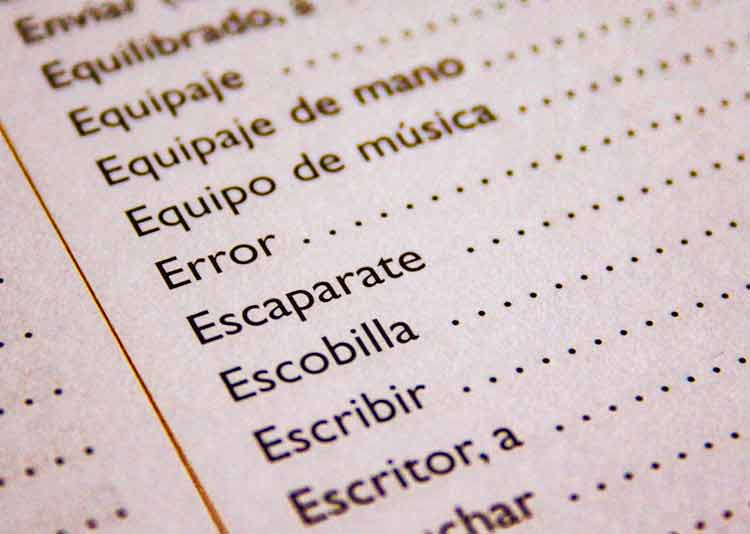
40. Spanish isn’t the Only Language in Spain
Although it is the official (and majority) language in the country, a fun fact about Spain is that Spanish isn’t the only language spoken there.
In addition to Spanish, Spain has a total of four co-official languages. In fact, the natives call Spanish “Castilian”, because the term español could be used to refer to any of the other languages in Spain.
The other co-official languages in Spain include Catalan, Basque, Aranese and Galician.
FACTS ABOUT SPANISH HISTORY
41. The First Modern Novel was Spanish
In addition to several wonderful inventions, Spain has given the world its first modern novel. The Ingenious Gentleman Don Quixote of La Mancha, or simply Don Quixote was written by Miguel de Cervantes in the 17th century.
The Spanish novel is considered to be a pioneer in modern literature. It has had a major influence in important literary works, with direct references in The Adventures of Huckleberry Finn and The Three Musketeers.
Don Quixote is also one of the most translated books in the world!
42. Spain Has a List of Great Artists
Spain has produced some of the most brilliant artists in the world.
Although the first name that comes to mind is Picasso, there are prominent artists like Salvador Dalí, Joaquín Sorolla and Diego Velázquez who have deeply influenced art and its legacy.
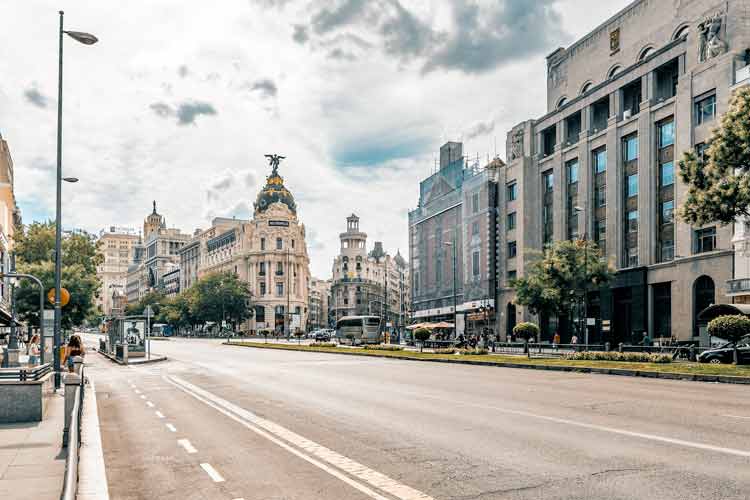
That’s about it. Hope you enjoyed reading through this list of amazing and fun facts about Spain.
Anything I’ve missed? If yes, drop your fun fact in the comments below!
************************************
This post might contain affiliate links. My full disclosure and privacy policy is really boring, but you can read it here.


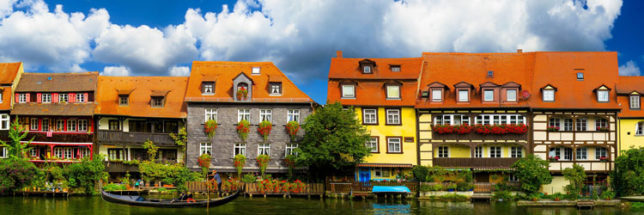
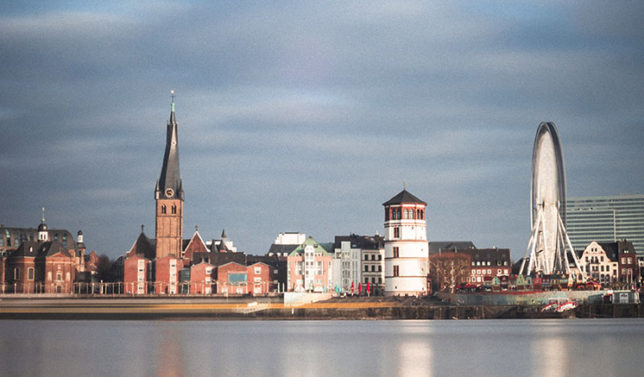



1 Comment. Leave new
They eat dinner late